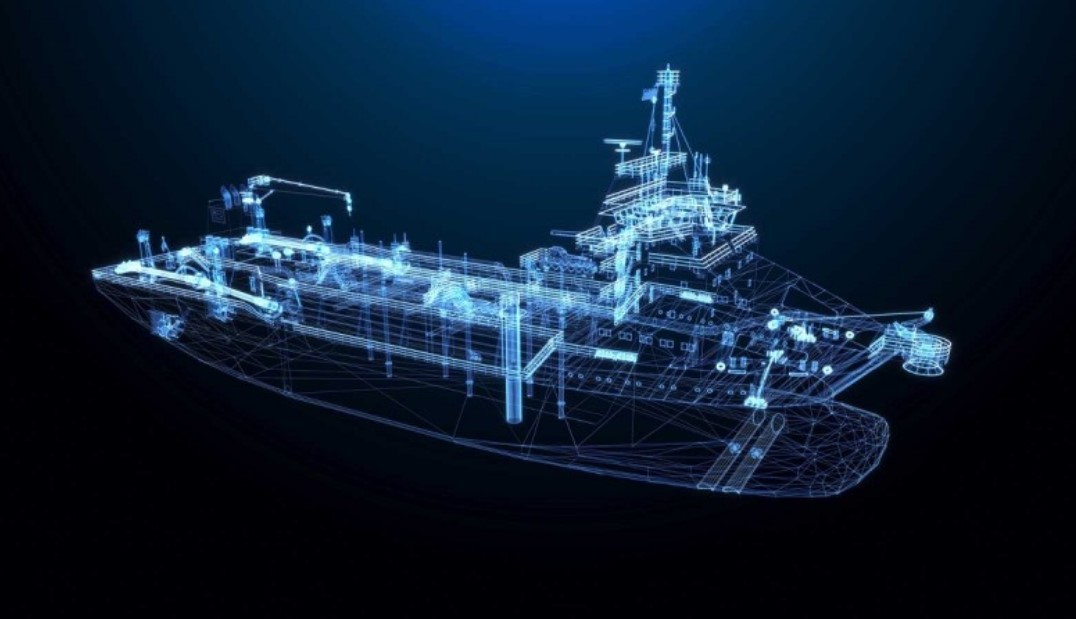Autonomous Dredging Technologies
Autonomous dredging technologies refer to the use of automated systems and robotics in dredging operations, which traditionally involve removing sediment and debris from the bottoms of lakes, rivers, harbors, and other water bodies to maintain waterway depth and safety for navigation and to prevent flooding. These technologies aim to improve the efficiency, safety, and environmental impact of dredging operations. Key components of autonomous dredging include:
- Remote Operation: Dredging vessels and equipment can be operated remotely from a control center, reducing the need for human presence on the vessel and enhancing operational safety.
- Automation Software: Advanced software algorithms control the dredging operations, including navigation, sediment pickup, and disposal. These systems are designed to optimize the dredging process, often through real-time adjustments based on environmental and operational data.
- Unmanned Surface Vessels (USVs): These are used to perform dredging operations without crew on board. They are often equipped with GPS, sensors, and cameras to navigate and monitor the dredging area autonomously.
- Robotics and AI: Integration of robotic arms and artificial intelligence aids in precise dredging operations, especially in challenging or sensitive environments. AI can analyze data from the dredging site to optimize operations and reduce environmental impact.
Environmental Considerations
Environmental considerations are critical in dredging due to the significant impact these operations can have on aquatic ecosystems. Autonomous dredging technologies can help address several environmental concerns:
- Reduced Disturbance: Autonomous systems can be programmed to operate in a way that minimizes disturbance to the marine and riverine habitats, such as avoiding nesting seasons and sensitive areas.
- Precision Dredging: Enhanced control over dredging equipment leads to more precise removal of sediment, which can reduce the dispersal of pollutants trapped in sediments and minimize the impact on surrounding areas.
- Monitoring Capabilities: Equipped with sensors and environmental monitoring tools, autonomous dredgers can continuously assess the impact of dredging on water quality and marine life, enabling immediate adjustments to the operation to mitigate adverse effects.
- Efficient Sediment Handling: Automated systems can optimize the handling and disposal of dredged materials, ensuring that potentially contaminated sediments are treated or disposed of in an environmentally responsible manner.
Propulsion Systems
The propulsion systems used in autonomous dredging vessels vary depending on the specific requirements and scale of the operations:
- Electric and Hybrid Engines: Many new autonomous dredging vessels are equipped with electric or hybrid propulsion systems. These engines offer quieter operation with reduced emissions, which is beneficial for operations in environmentally sensitive areas.
- Diesel Engines: Traditional diesel engines are still common but are increasingly being fitted with better emission control technologies to comply with environmental regulations.
- Solar and Wind Power: Some autonomous dredging operations employ renewable energy sources like solar panels or wind turbines to power the vessels, reducing the carbon footprint and operational costs.
Overall, autonomous dredging technologies represent a significant advancement in the field of marine and riverine maintenance, providing both operational efficiencies and enhanced protection for the environment.
